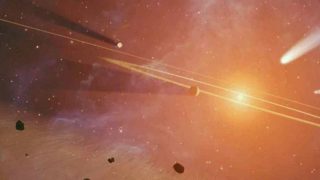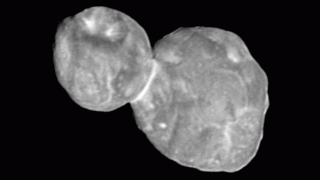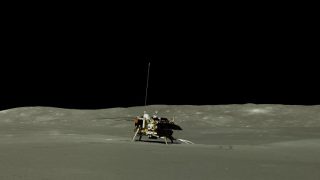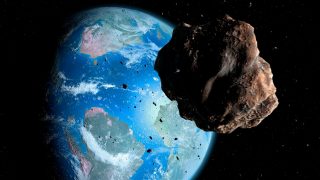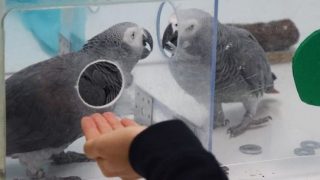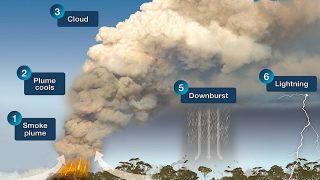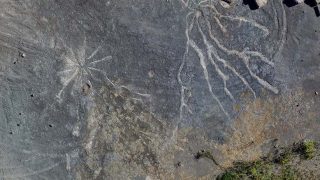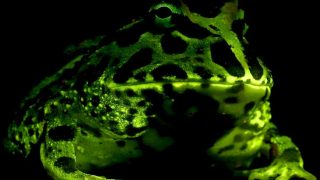
MI weekly selection #365
Many amphibians have that certain glow Many amphibians, mostly salamanders and frogs, fluoresce under certain light conditions. Researchers tested 32 amphibian species using blue light and found that all glowed green or yellow, but they haven’t yet figured out why this occurs. New Scientist Massive blast ever observed in faraway galaxy observed Astronomers have detected […]
